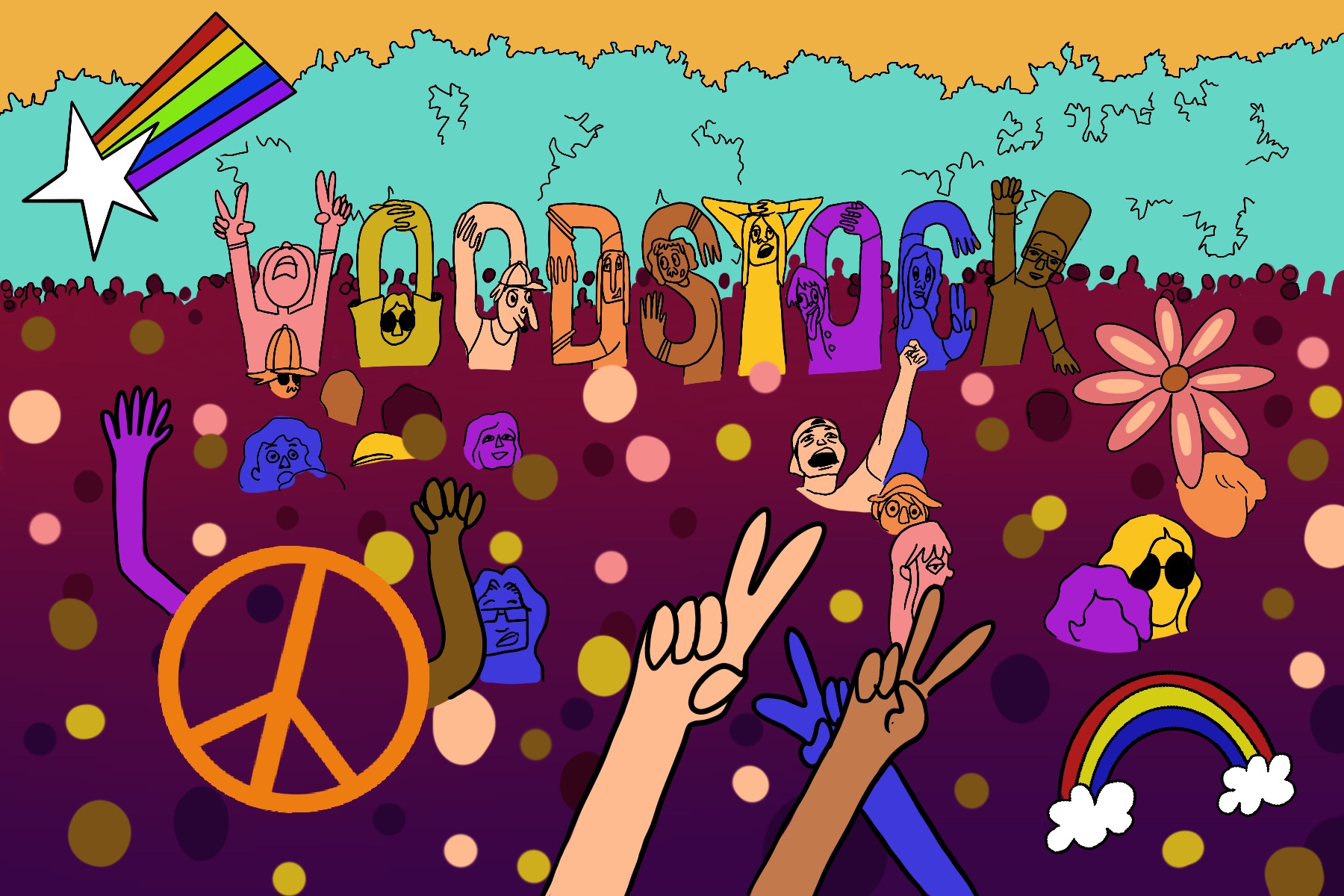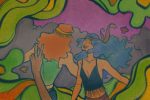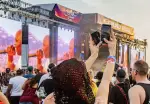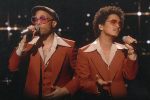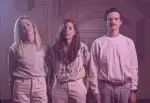Fifty years ago, more than 400,000 hippies descended upon a small New York town to celebrate free love, peace and music. Today, Woodstock remains a landmark of the counterculture that helped define a generation of young people who were fed up with the way the world worked.
The 1960s were rife with political, social and cultural change. With the civil rights movement and the wildly unpopular Vietnam War both in full swing, the decade saw plenty of tension among the country’s people and politicians. In response to American conservatism, a counterculture began to take shape, consisting of multiple movements that called for peace, freedom and liberation.
Anti-war protests, second-wave feminism, the sexual revolution, environmentalism and experimental hippie culture characterized the anti-establishment counterculture, and proponents of it found like-minded thinkers in the music they listened to. Artists like the Beatles, Bob Dylan, Janis Joplin, Jefferson Airplane, the Grateful Dead, Jimi Hendrix and The Who exemplified a new wave of psychedelic rock with politically-charged lyrics.
Woodstock was the crowning jewel of the rock festivals that had started to emerge during the ’60s and ’70s. While it came to represent a decade’s worth of counterculture, the festival itself was rather disastrous, from the earliest planning to the momentous weekend itself. In January of ’69, John Roberts, Joel Rosenman, Michael Lang and Artie Kornfeld formed Woodstock Ventures in the hopes of starting a recording studio, but after someone proposed that they throw an opening-day party featuring local musicians, they decided to skip the studio altogether and put on a festival instead, which they titled “An Aquarian Exposition: 3 Days of Peace & Music.”
As an unknown company, it proved to be quite challenging to book incredibly popular musicians, but once they secured Creedence Clearwater Revival, the group began to pique the interest of other artists. Besides the Beatles and Bob Dylan, they got all the acts listed above, along with numerous other iconic bands from the era.
https://www.instagram.com/p/B1oUSYYlukl/
Woodstock Ventures set their sights on a patch of land in Wallkill, New York and promptly got to work on constructing their dream. However, they also quickly hit major obstacles; not only were the producers inexperienced and unsure of how to map out the logistics, but they also encountered heavy opposition from the locals. The Concerned Citizens Committee of Wallkill lobbied for a ban on all gatherings of more than 5,000 people, and the outlook appeared dire.
But, as would become a recurring theme for the festival, things had a way of working out just fine. With half a million dollars down the drain on the old site, and tens of thousands of tickets already sold, Woodstock Ventures vowed to find a new and improved location. Enter dairy farmer Max Yasgur. He heard about the group’s mission and took them out to see a sprawling, idyllic meadow on his 600-acre dairy farm in Bethel, New York. They shook hands, and construction began immediately.
Two problems quickly became apparent to the producers: They had no solid estimate of how many tickets had been sold, and there was only enough time for the construction crew to finish either the stage or the fences and gates. To avoid facing a horde of angry concertgoers without a venue prepared, the producers were forced to forfeit the money they made made from ticket sales, sacrificing profit to keep their dream alive.
Roberts, Rosenman, Lang and Kornfeld had a certain vision for their festival, and it didn’t include the violence that seemed to break out at every mass gathering of inebriated people in tight quarters, but they also didn’t want threatening security guards or men in uniforms, which would tarnish the atmosphere. They truly wanted their exhibition to be three days of peace, music and nothing else, so as an alternate form of security, Woodstock Ventures hired the Hog Farm hippie commune.
Led by founder Wavy Gravy, the Hog Farmers had a unique approach to event planning. Wavy Gravy named the group a “please force” (instead of a police force) to highlight their non-combative method of keeping order. The group spent the festival kindly redirecting people or simply asking them to stop doing something unsafe. They also hosted a kitchen and a smaller stage for open-mics and encores, and they ran “freak-out tents” for people having bad trips on LSD, where they provided food, water and comfort to help them ride out the ill effects.
During the week leading up to Woodstock, attendees migrated into Bethel in droves, backing up traffic throughout the small town. They gradually poured in as the weekend neared, congregating around the festival grounds in eager anticipation until Friday finally came, and the Aquarian Exposition officially kicked off. Since the producers had forgone the fences and gates in favor of a stage, hundreds of thousands of people quickly filled in the field surrounding the stage, many of whom never purchased a ticket. Woodstock Ventures declared it a “free concert” and accepted their fate: They would lose all of their investment.
https://www.instagram.com/p/B1G2_eblLJR/
For a while, all seemed to be going surprisingly well at the festival. Some performers were late for their sets because of the gridlocked traffic, but there was always someone else to go on. However, the run-in with the Concerned Citizens Committee proved near-fatal; because most of the hired food vendors pulled out after the ordinance was enacted, the unprecedented crowd soon devoured all available food.
As the medical tents ran out of supplies and people grew hungrier, the conditions at Woodstock had deteriorated toward disaster. Governor Rockefeller threatened to declare it a public emergency and send thousands of troops from the National Guard to address the situation, but the town of Bethel proved to be quite the selfless bunch; its hundreds of citizens donated any food they had to feed the kids down on the Yasgur farm.
Roberts convinced the governor not to sound off the alarm, and a nearby Air Force base provided multiple helicopters to deliver medical supplies, volunteer doctors, various performers and the donated food. The Hog Farmers prepared hundreds of thousands of meals, and countless attendees volunteered to help.
And yes, it’s true: The weather did turn several times, transforming the sprawling field into a muddy mess. But instead of getting upset or throwing a fit, audiences at Woodstock started splashing around and playing in the mud.
In fact, even with the unprecedented crowd, no violence broke out whatsoever. Despite the trials that faced the producers and attendees alike, the Aquarian Exposition was truly what they wanted it to be: just three days of music and peace. That atmosphere epitomized the ’60s counterculture, which was so heavily centered around promoting peace and love for everyone.
https://www.instagram.com/p/B1Y70PNl4eE/
With the 50th anniversary passing this year, it’s clear that Woodstock still holds a prominent place in our cultural mythos. Young and old people alike still adore the artists who played at the festival and feel nostalgia for it, even if they didn’t attend (or were even alive for it!). Its enduring legacy, despite its disastrous execution, is a testament to the power of compassion and peace, and a monument to the generation of hippies.


